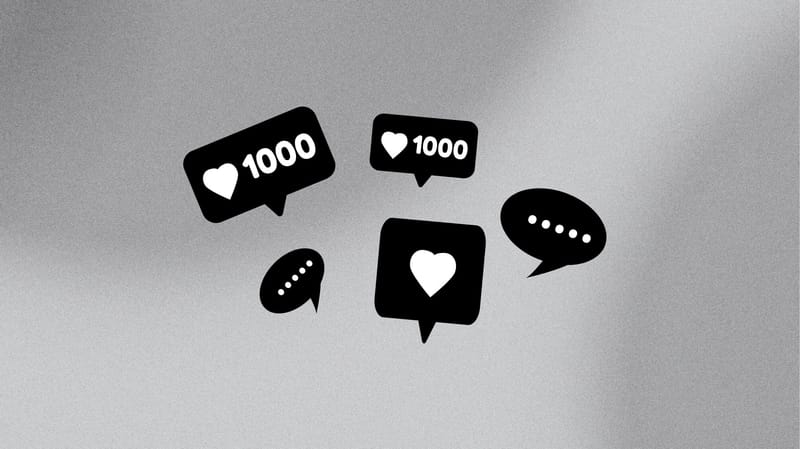Emotional Design in the Digital World: A Zimbabwean Market Perspective
The use of emotional design is essential in shaping user experience and engagement in today's digital world. It goes beyond just aesthetics and instead focuses on creating digital interfaces that elicit specific emotions, resulting in a more fulfilling and captivating user experience.
The Importance of Emotional Design
What is Emotional Design?
Emotional design encompasses various elements that work together to create digital experiences that resonate with users on an emotional level. It involves using visual appeal, user experience (UX), and content to evoke specific emotions and connect with users.
-
Visual Appeal: Colors, typography, and imagery are carefully chosen to elicit specific emotions. For example, warm colors like red and orange can evoke excitement and passion, while cool colors like blue and green can promote trust and relaxation.
-
User Experience (UX): The design focuses on ensuring that interactions are intuitive, enjoyable, and seamless. This includes factors such as easy navigation, clear feedback mechanisms, and personalized experiences.
-
Content: The messages conveyed through the digital interface are crafted to speak to users' values, needs, and emotions. Emotional storytelling techniques are employed to create a deeper connection with users.
Why is Emotional Design Important?
-
User Engagement: Emotional design has the power to captivate users and create a memorable experience. By evoking positive emotions, it can increase user engagement and encourage them to spend more time interacting with the digital interface.
-
Brand Loyalty: Positive emotional experiences can foster a sense of loyalty towards a brand. When users feel emotionally connected to a brand through its digital interface, they are more likely to become repeat customers and advocates.
-
Competitive Advantage: In a market where many digital interfaces look and feel similar, emotional design can differentiate a brand. By creating a unique and emotionally engaging experience, a brand can stand out from its competitors and attract a loyal customer base.
Emotional Design in the Zimbabwean Market
Current State of Digital Design
Despite the global trend towards emotional design, Zimbabwean corporates, including leading entities like Econet and several banks, appear to be lagging behind. A closer look at the digital landscape reveals some common deficiencies:
- Lack of Visual Appeal: Many websites and apps in Zimbabwe have outdated designs that fail to evoke positive emotions in users. The color schemes, typography choices, and imagery often lack vibrancy and fail to create a visually appealing experience.
- Poor UX: Navigation and usability issues are prevalent, leading to frustration rather than satisfaction. Users may struggle to find what they are looking for, encounter broken links, or experience slow loading times.
- Inconsistent Branding: There is often a disconnect between a company's brand identity and its digital presence. This inconsistency can confuse users and weaken the emotional connection they have with the brand.
Case Studies
Econet
Econet, being a leading telecommunications company in Zimbabwe, has a significant digital presence. However, their website and mobile app often lack the engaging and dynamic elements that are hallmarks of emotional design. While the interfaces are functional, they do not necessarily evoke a strong emotional connection with users. There is room for improvement in terms of visual appeal, user experience, and content that resonates with users' emotions.
Zimbabwean Banks
Banks in Zimbabwe also exhibit similar deficiencies in their digital platforms. The focus is primarily on functionality, often neglecting the emotional aspect of user interaction. This results in a utilitarian experience that lacks the warmth and engagement needed to foster customer loyalty. By incorporating emotional design principles, banks can create digital interfaces that not only meet functional requirements but also evoke positive emotions in users.
Best Practices for Emotional Design
Visual Design
- Color Psychology: Use colors that evoke the desired emotions and align with the brand's identity. For instance, blue can promote trust and security, which is essential for financial institutions.
- Typography: Choose fonts that are not only readable but also convey the brand's personality. The typography should complement the overall visual design and contribute to the emotional impact.
- Imagery: Incorporate images that are relatable and resonate with the target audience. Visuals can evoke emotions and create a more immersive experience for users.
User Experience
- Intuitive Navigation: Design interfaces that are easy to navigate, reducing user frustration. Clear and logical navigation paths should be established to help users find what they are looking for quickly.
- Feedback Mechanisms: Provide immediate feedback for user actions to create a sense of accomplishment and reinforce positive emotions. This can be achieved through visual cues, animations, or notifications.
- Personalization: Tailor experiences based on user preferences and behaviors. By understanding users' needs and delivering personalized content, the digital interface can create a stronger emotional connection.
Content Strategy
- Emotional Storytelling: Use storytelling techniques to create an emotional connection with users. By weaving narratives that resonate with their experiences and aspirations, brands can forge a deeper emotional bond.
- Consistent Messaging: Ensure that all content aligns with the brand's emotional tone and values. Consistency in messaging helps to reinforce the emotional connection and build trust with users.
- User-Centric Content: Focus on what matters to the users, addressing their needs and emotions. By understanding their pain points and desires, brands can create content that genuinely resonates with users.
The Way Forward for Zimbabwean Corporates
To bridge the gap in emotional design, Zimbabwean corporates need to take proactive steps:
- Invest in Design: Allocate resources towards hiring skilled designers who understand the principles of emotional design. By having a dedicated design team, corporates can ensure that emotional design is given the attention it deserves.
- Conduct User Research: Understand the emotional needs and preferences of their target audience. By conducting user research, corporates can gain valuable insights into the emotions that drive user behavior and tailor their digital interfaces accordingly.
- Continuous Improvement: Regularly update and refine digital interfaces based on user feedback and evolving design trends. Emotional design is an ongoing process that requires constant evaluation and refinement to meet the changing needs and expectations of users.
Conclusion
Emotional design has the potential to transform digital interactions in the Zimbabwean market. By adopting best practices in design, accessibility, and user-centered approaches, corporates like Econet and Zimbabwean banks can enhance user experience, foster loyalty, and gain a competitive edge. It is time for Zimbabwean businesses to embrace emotional design and create digital spaces that not only function well but also feel good to use.
To further enhance emotional design in Zimbabwean corporates, it is crucial to prioritize accessibility. This involves ensuring that digital interfaces are inclusive and can be easily used by individuals with disabilities. By implementing accessibility features such as alt text for images and keyboard navigation options, corporates can create a more inclusive and emotionally engaging user experience. Additionally, conducting usability testing with diverse user groups can provide valuable insights for improving the emotional impact of design elements. By continuously striving for improvement and embracing emotional design principles, Zimbabwean corporates can create digital spaces that truly resonate with their users and foster a strong emotional connection.







